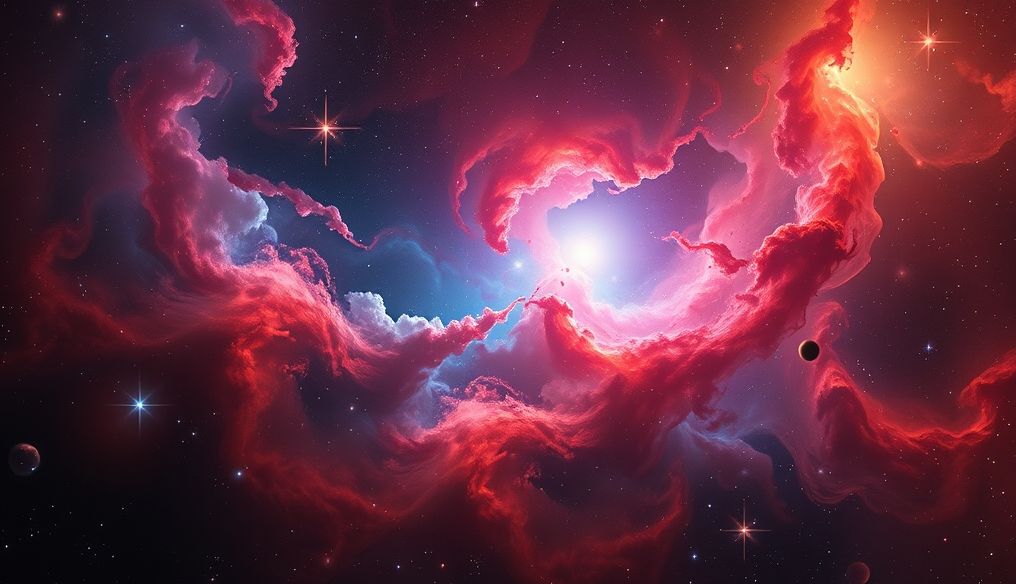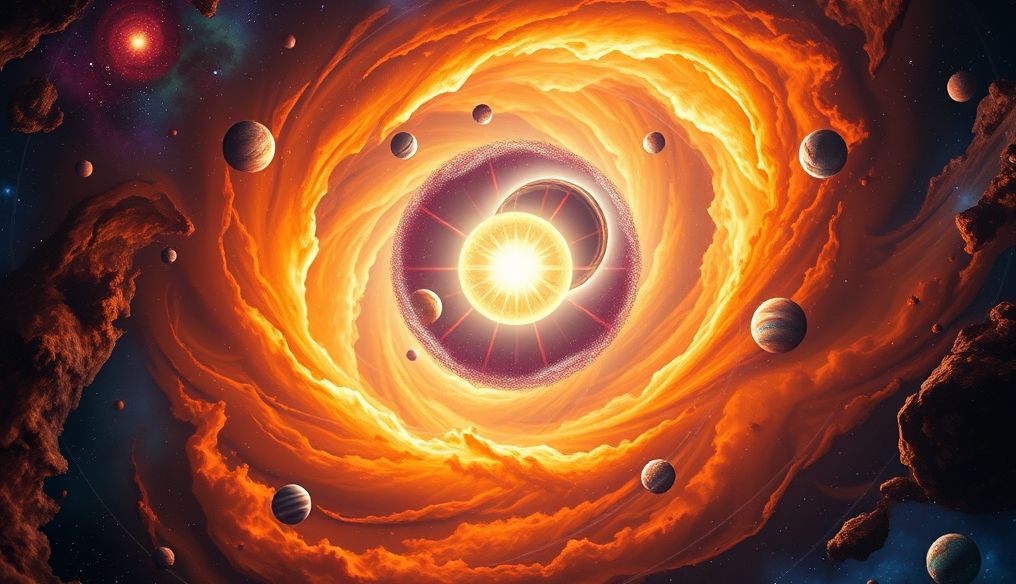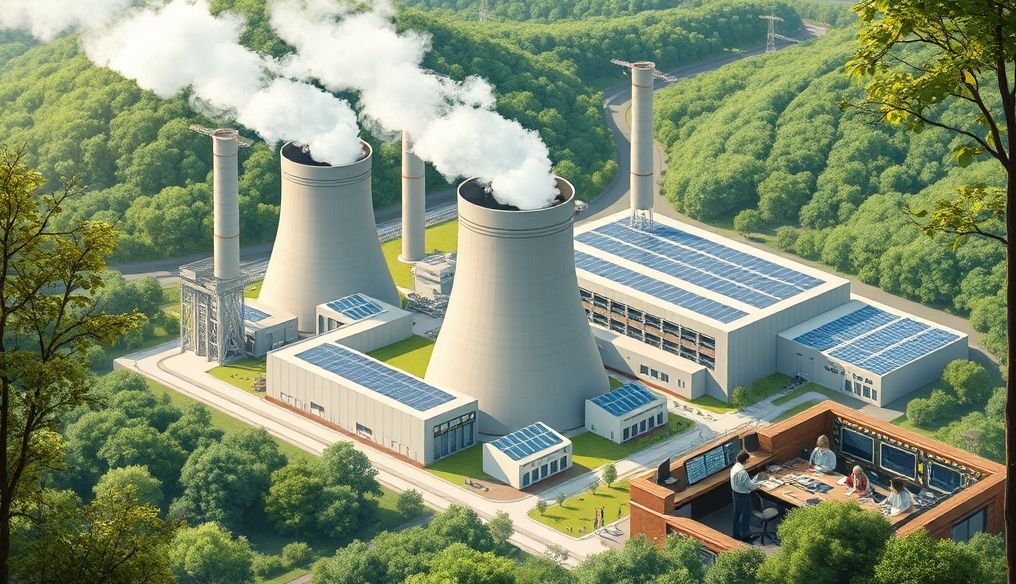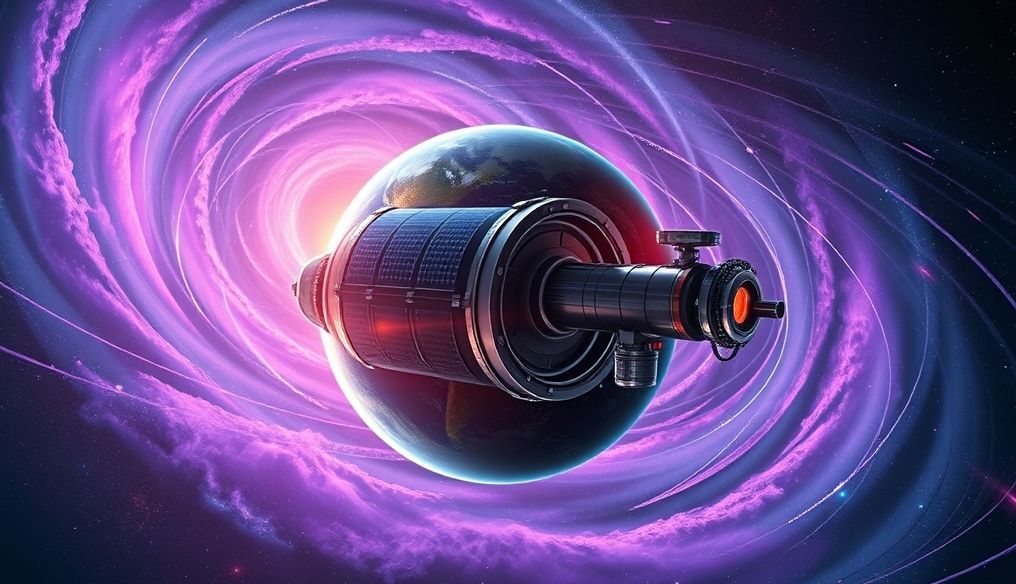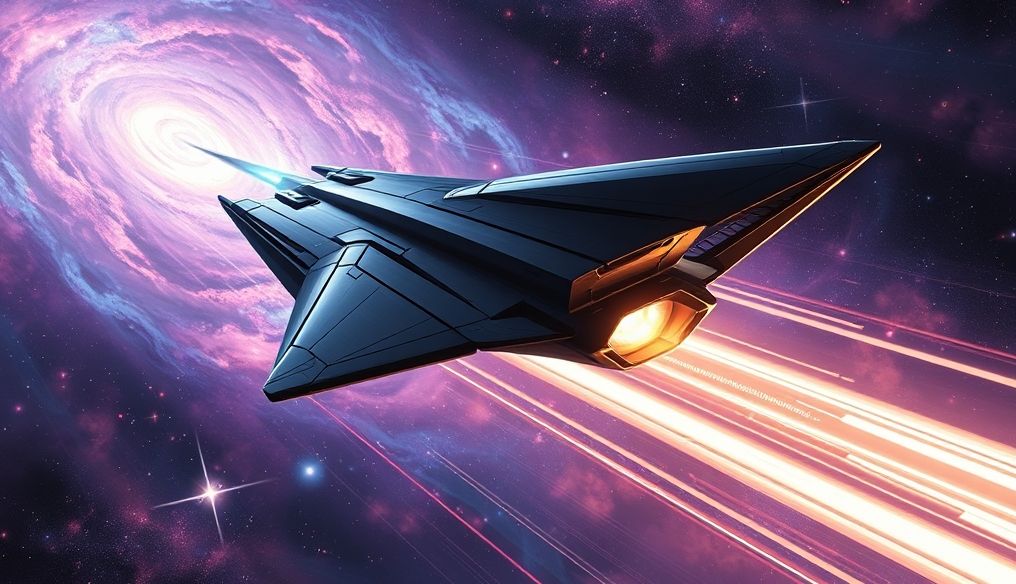Introduction: A Journey Through Space and Time
The formation of stars and planets is an epic cosmic tale, beginning with giant clouds of dust and gas and ending with luminous celestial bodies orbited by planets. This process, which takes place over millions of years, combines physics and chemistry in a delicate cosmic dance.
Chapter 1: Nebulae - The Cradle of Stars
Nebulae are regions in space composed of gas (mostly hydrogen and helium) and cosmic dust. These giant clouds are the cradle of stars, where the formation process begins.
- Types of Nebulae: There are different types of nebulae, such as emission nebulae (which glow due to radiation from nearby stars), reflection nebulae (which reflect light from nearby stars), and dark nebulae (which block light from celestial bodies behind them).
- The Role of Gravity: The process of star formation begins when gravity causes part of the nebula to collapse. This collapse may be caused by a shock wave from an exploding star (supernova) or other disturbances in space.
Chapter 2: Protostars - The Birth of a Star
When part of the nebula collapses, it begins to rotate and clump together. The material accumulates in the center, and the density and temperature increase. This stage is called the protostar.
- Protoplanetary Disk: Around the protostar, a disk of gas and dust called the protoplanetary disk forms. This disk is where the planets will later form.
- Nuclear Fusion: When the temperature in the center of the protostar reaches about 10 million degrees Celsius, the process of nuclear fusion begins. Hydrogen atoms combine to form helium, releasing a tremendous amount of energy. This energy prevents the star from collapsing under the influence of gravity.
Chapter 3: Stable Stars - The Life of a Star
After nuclear fusion begins, the star becomes stable. The star remains in this stage for a long time, which may range from millions to billions of years, depending on its size.
- Star Size and Age: Larger stars burn their fuel faster and die sooner than smaller stars.
- Types of Stars: There are different types of stars, such as red dwarfs (small and faint stars), Sun-like stars (medium-sized stars), and blue giants (large and bright stars).
Chapter 4: The End of Stars - Death and Transformation
When the hydrogen fuel in the center of the star runs out, the star begins to evolve towards its end.
- Small and Medium Stars: They turn into red giants, then eject their outer layers to form a planetary nebula. Eventually, they shrink into a white dwarf, which is a small, dense star that glows slowly until it cools and fades.
- Large Stars: They explode as supernovae, which are tremendous explosions that release a tremendous amount of energy. After the supernova, a neutron star (a small, extremely dense star) or a black hole (a region in space with such strong gravity that nothing, not even light, can escape from it) may remain.
Chapter 5: Planet Formation - From Dust to Worlds
Planets form from the dust and gas remaining in the protoplanetary disk around the star.
- Accretion: Small dust particles begin to collide and stick together, forming larger and larger bodies. This process is called accretion.
- Planetesimals: The larger bodies gather to form planetesimals, which are bodies the size of the Moon or Mars.
- Planets: Planetesimals collide and merge to form complete planets.
Chapter 6: Types of Planets - Diverse Worlds
There are two main types of planets:
- Rocky Planets: Made of rocks and minerals, such as Earth, Mars, Venus, and Mercury.
- Gas Giants: Composed mainly of gases, such as Jupiter, Saturn, Uranus, and Neptune.
Chapter 7: The Role of Water in Planet Formation
Water is considered one of the essential elements for life as we know it. Scientists believe that water reached Earth and other planets through comets and asteroids that collided with them in the distant past.
Chapter 8: Recent Discoveries - A New Look at Space
Recent discoveries in space telescopes such as the James Webb Space Telescope continue to provide new insights into the formation of stars and planets. These discoveries help us understand the universe better and our place in it.
- Exoplanets: The discovery of planets orbiting other stars (exoplanets) opens the door to the search for life beyond Earth.
- Distant Nebulae: Studying distant nebulae helps us understand the early stages of star formation.
Conclusion: The Universe is in a Constant State of Evolution
The formation of stars and planets is an ongoing process. Stars are born and die, and planets form and change. The universe is in a constant state of evolution, and we are part of this amazing cosmic story.
